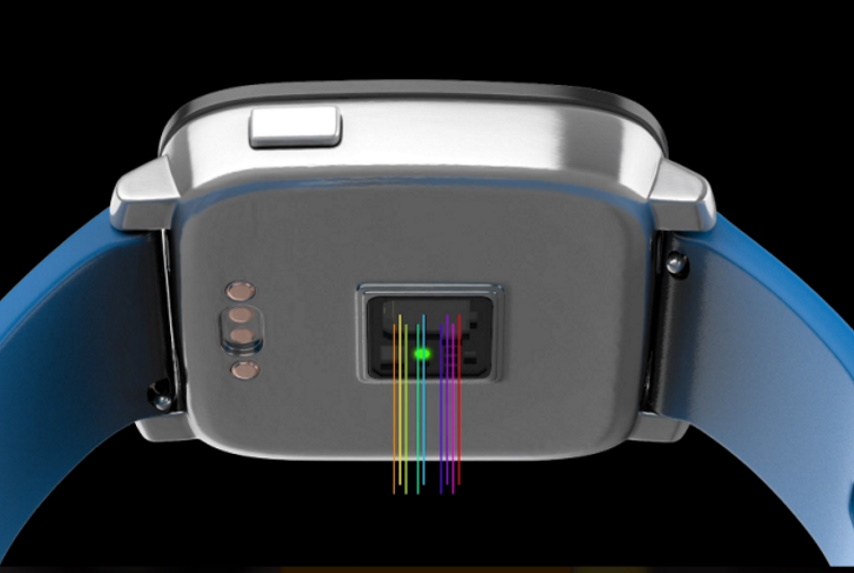When you get your heart rate on your smartwatch, your blood reflects a green light sent by LEDs and a sensor picks up this reflected light and turns it into a number.
This imprecise measurement is subject to a series of restrictions, ranging from the amount of melanin in the skin to the set's own response to high or low frequencies.
By the end of 2022, photonic sensors promise to change the monitoring pattern using spectroscopy, a much more sophisticated and comprehensive methodology. Instead of colored LEDs, a laser will be emitted - harmless to the skin - whose reflected light is detected, generating a spectrum of absorption that contains details of skin, interstitial and blood constituents. A machine learning algorithm is used to identify the constituents.
So far, good results have been obtained with measures such as temperature, blood pressure, degree of hydration, glucose, lactate, alcohol, among others. In 2023, such sensors may be made available to the smartwatch market. If all goes according to plan, in addition to the obvious health benefits, smartwatch sensing will be elevated to "medical grade", which means a huge change when compared to the current state, where these devices are classified with terms like "gadgets" of entertainment.
Learn more at: Rockley Photonics

Leave a Comment